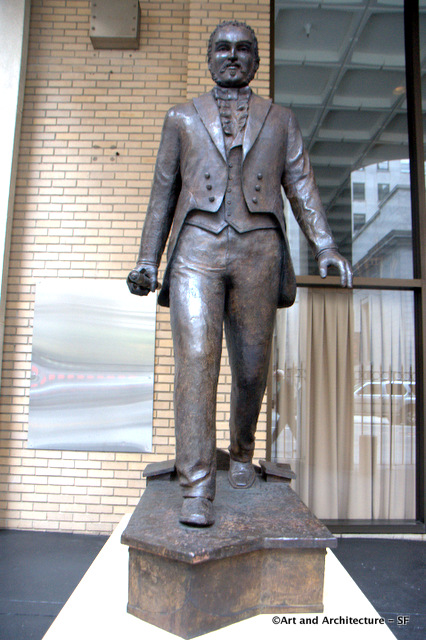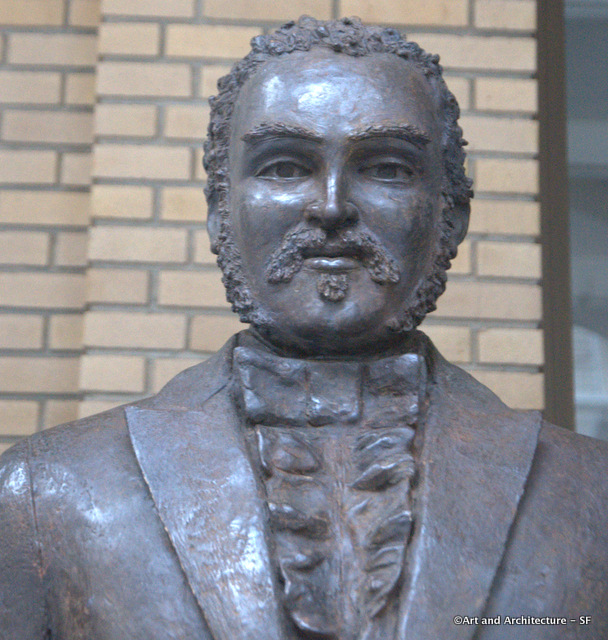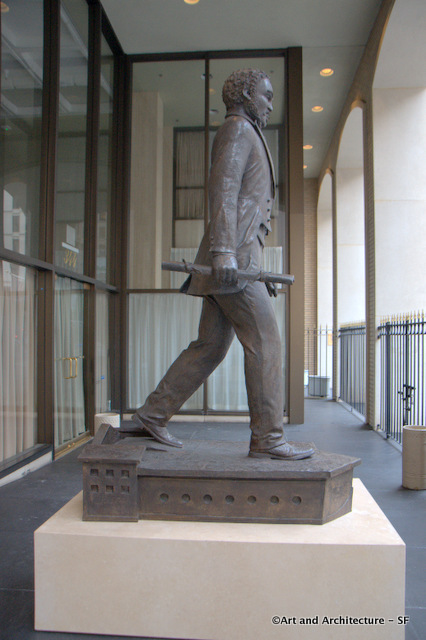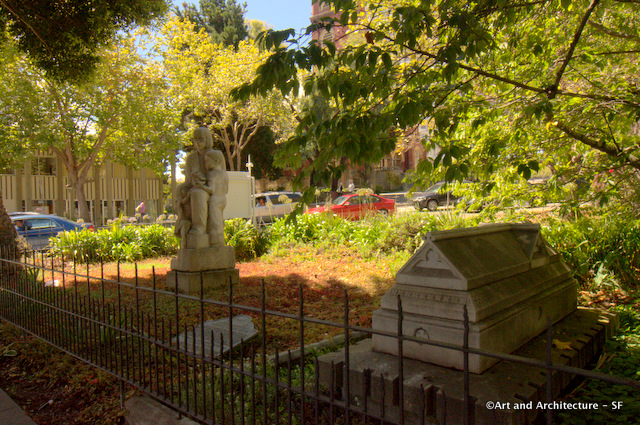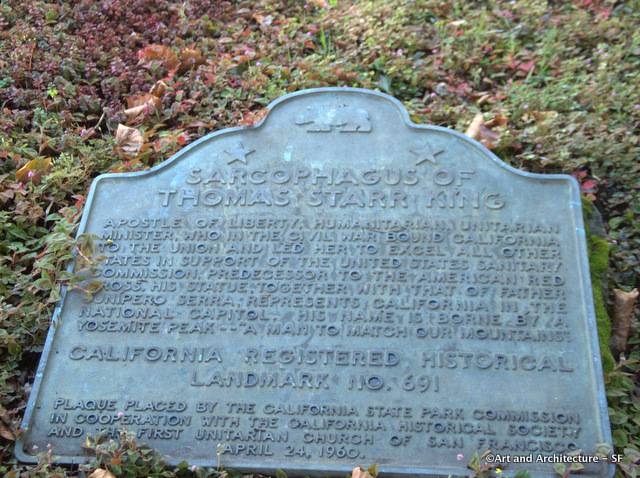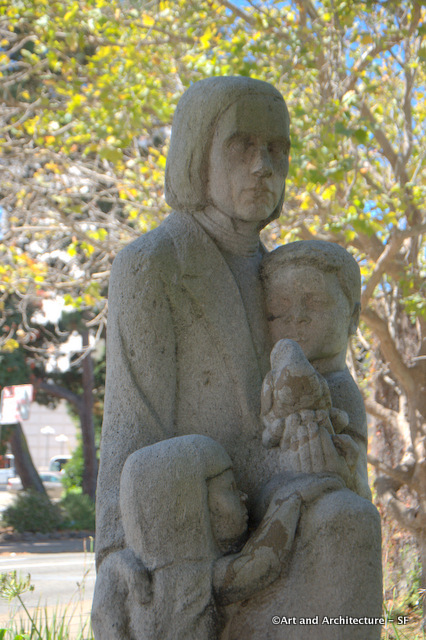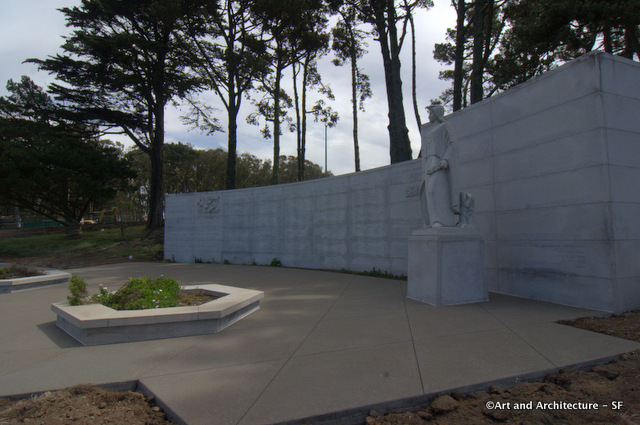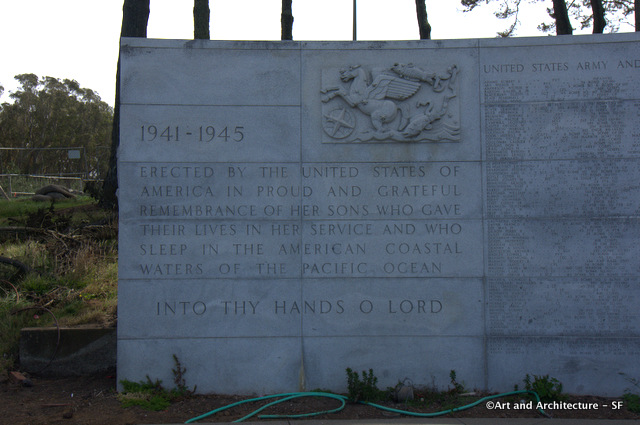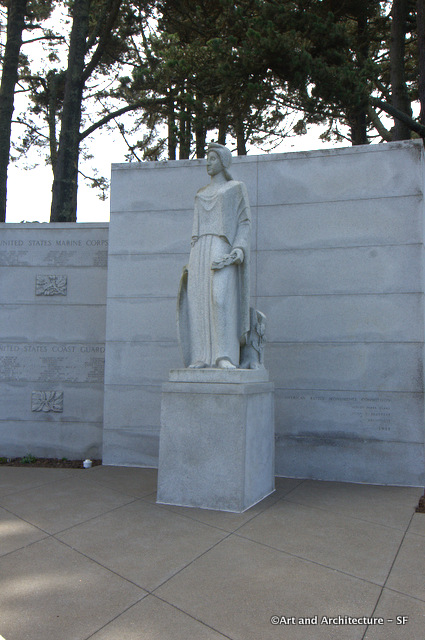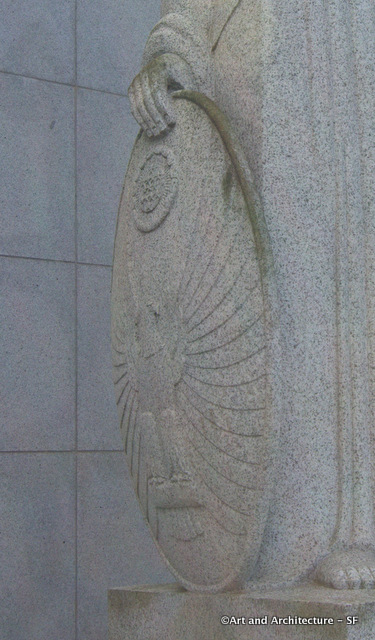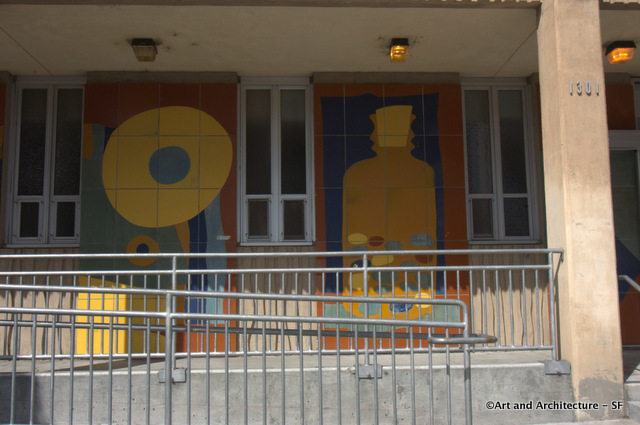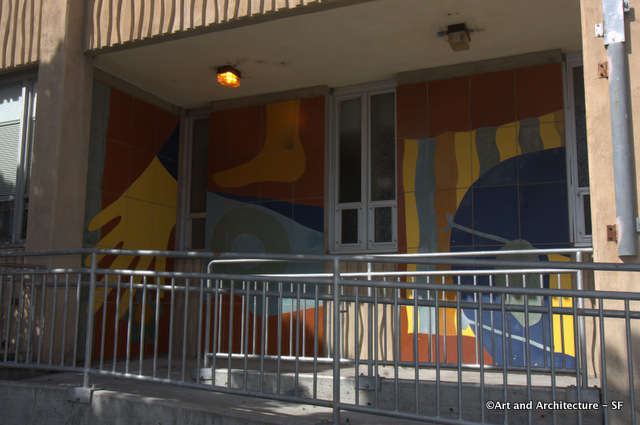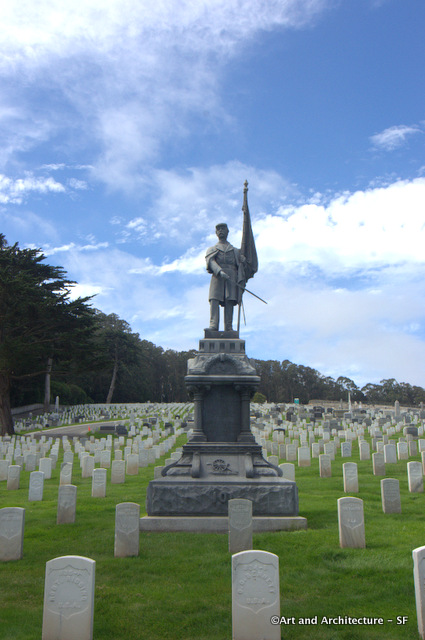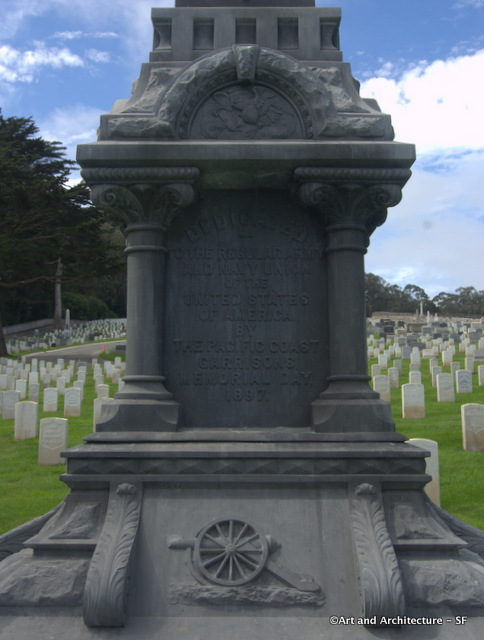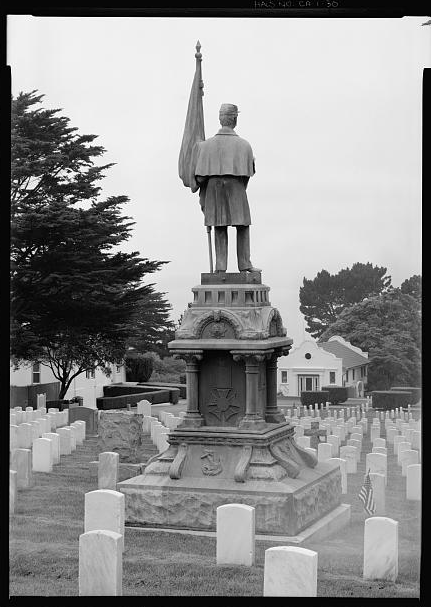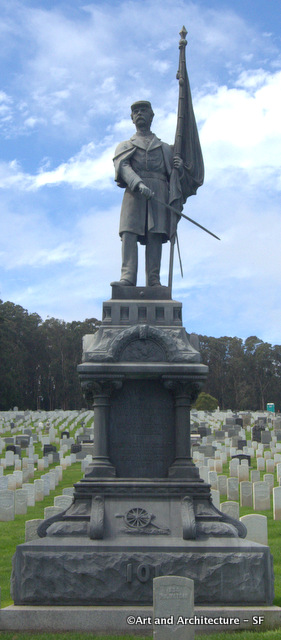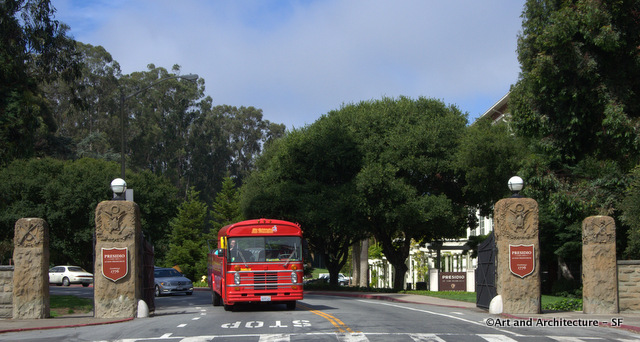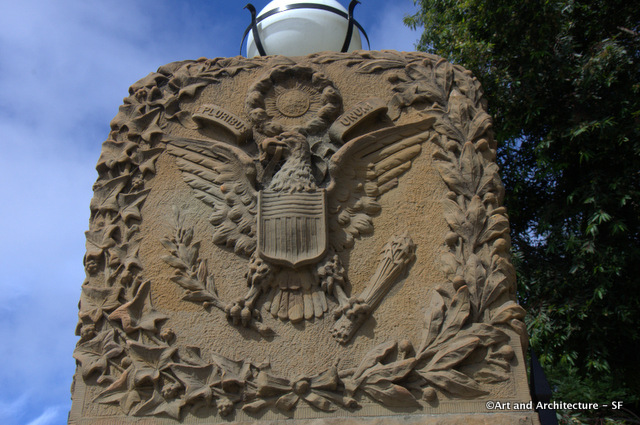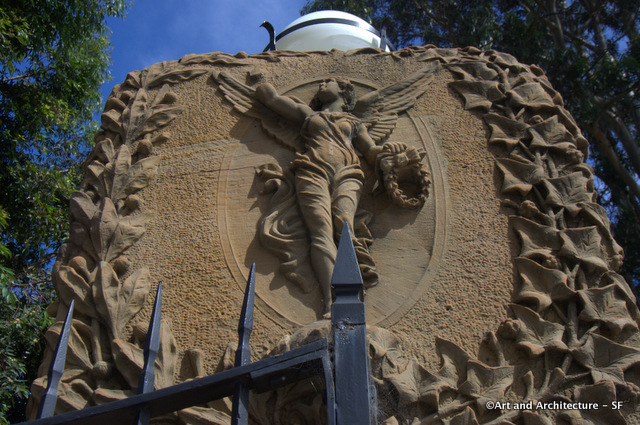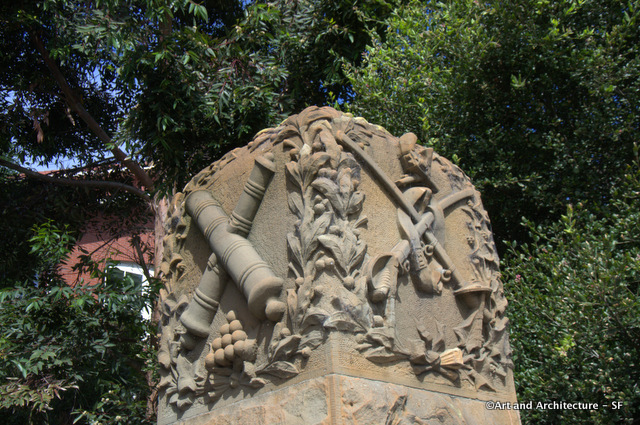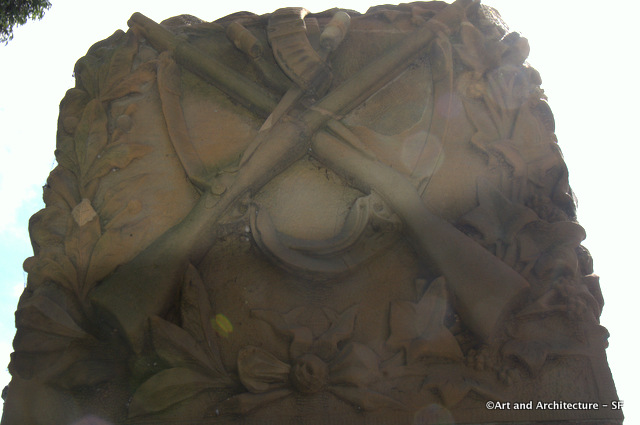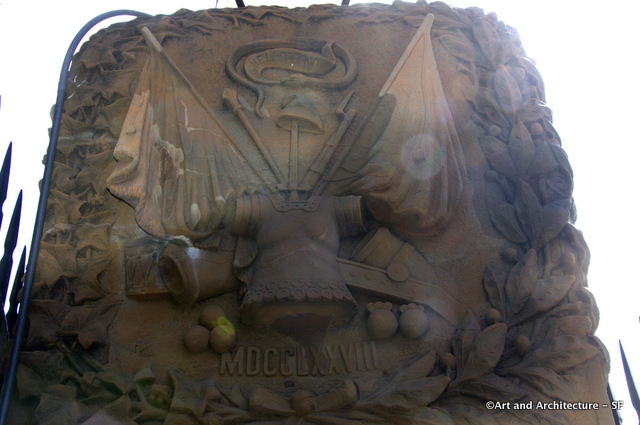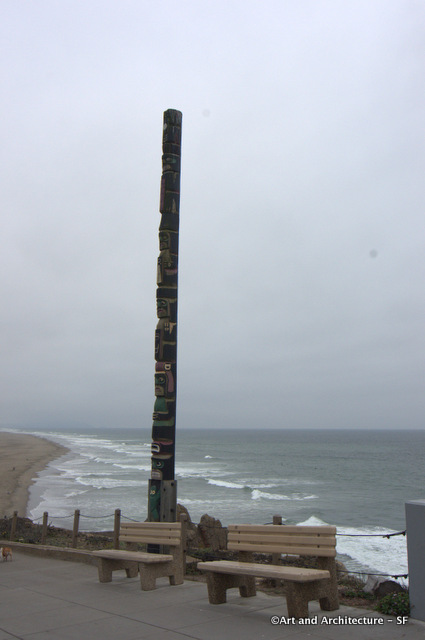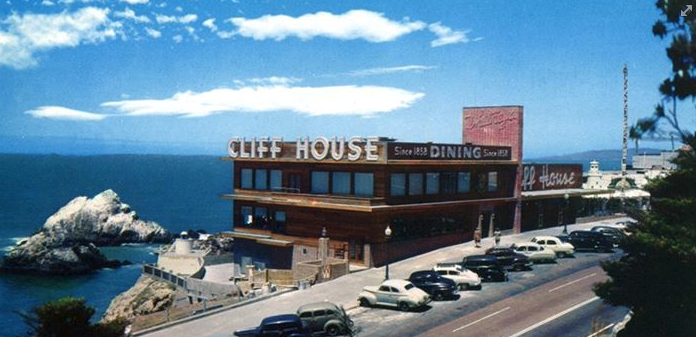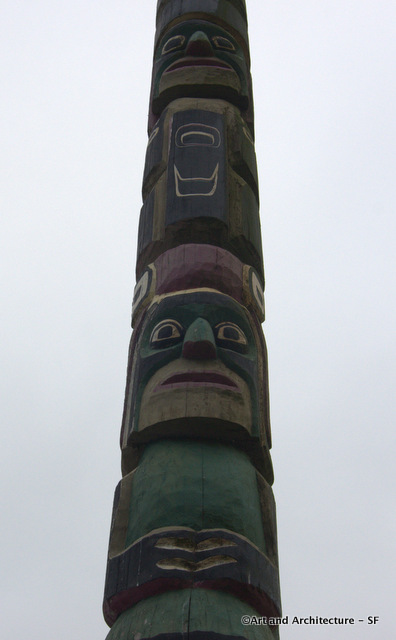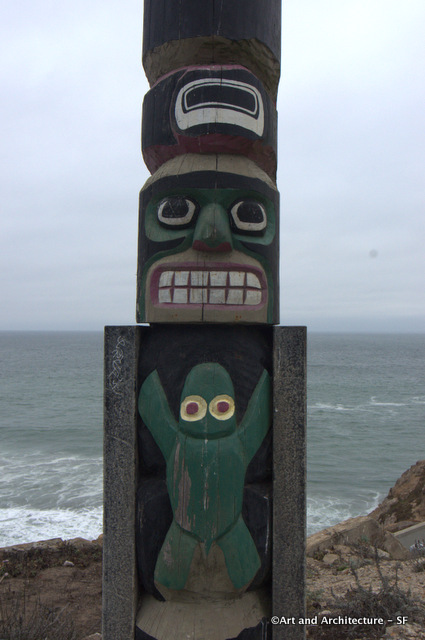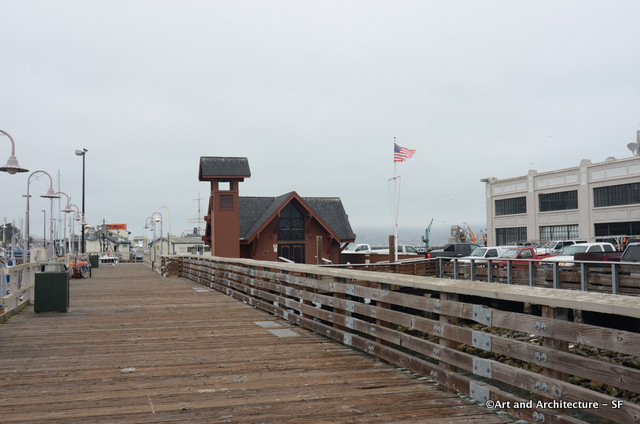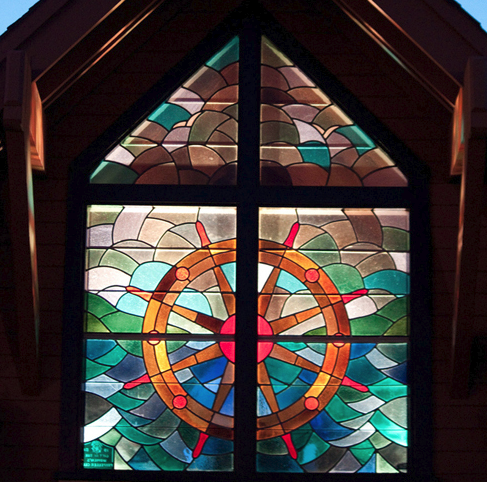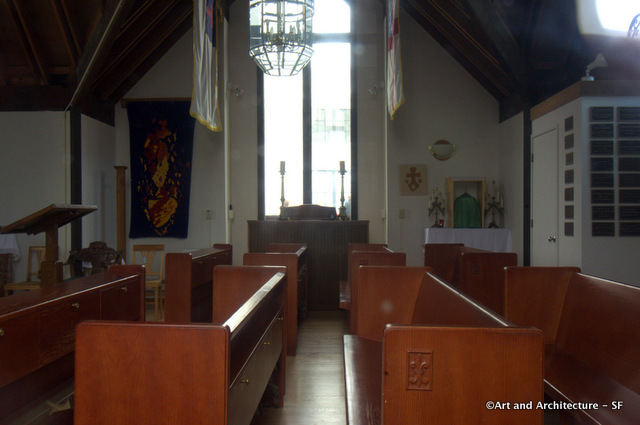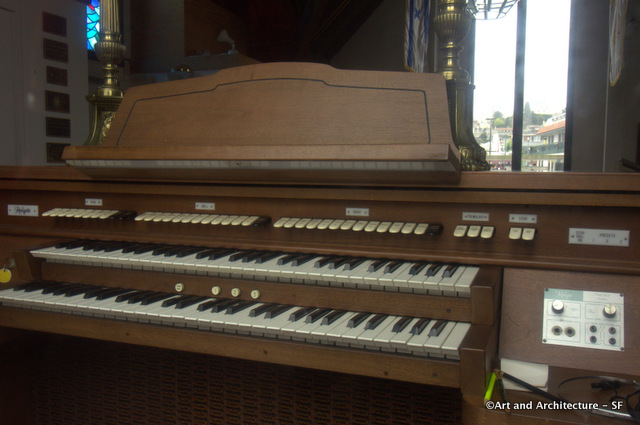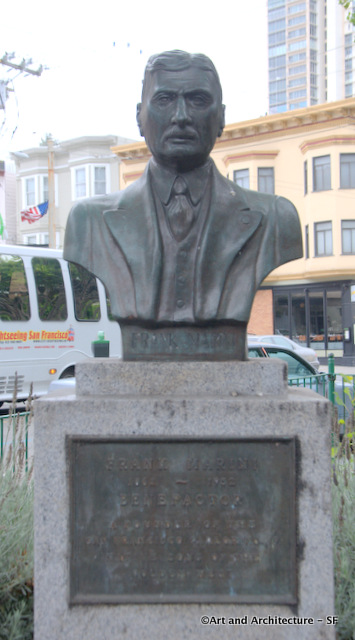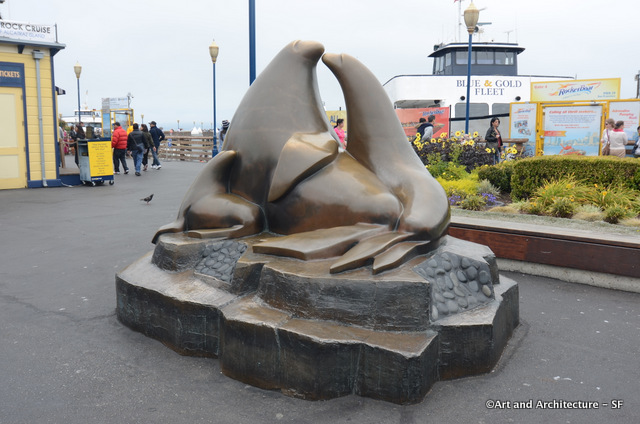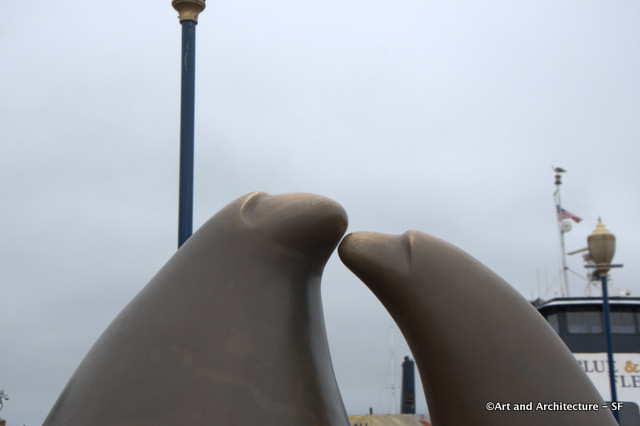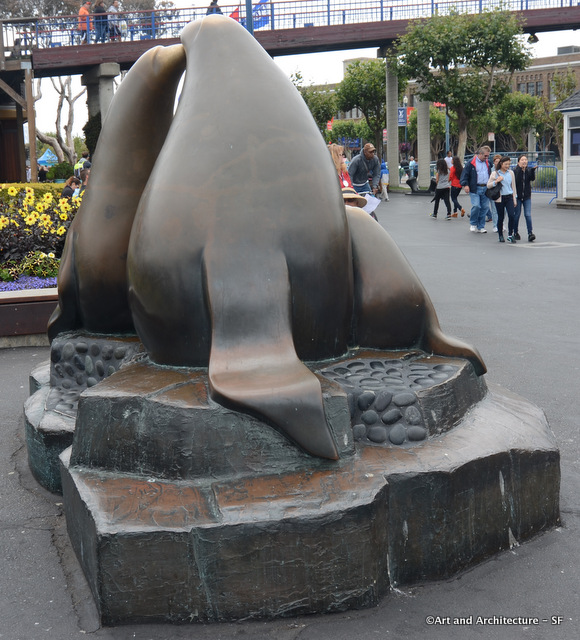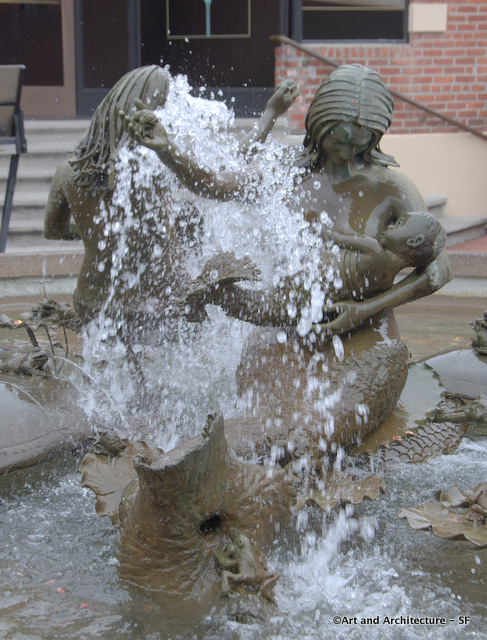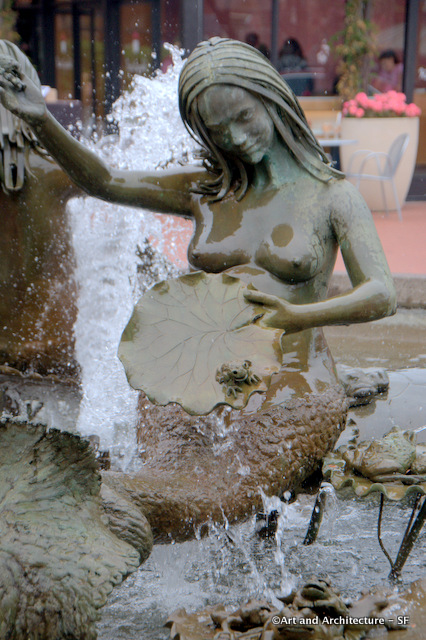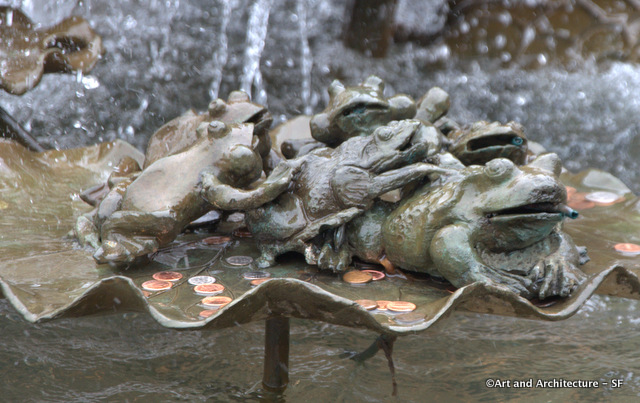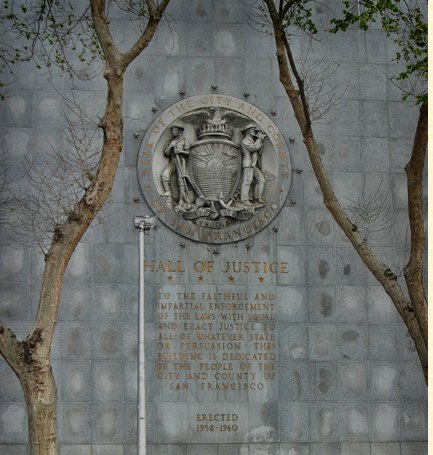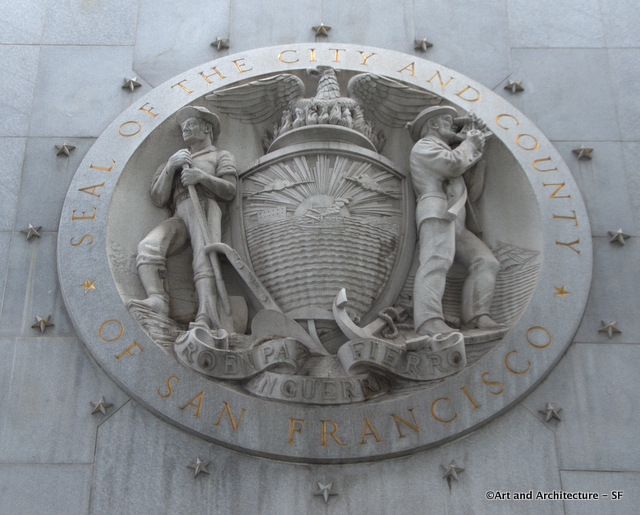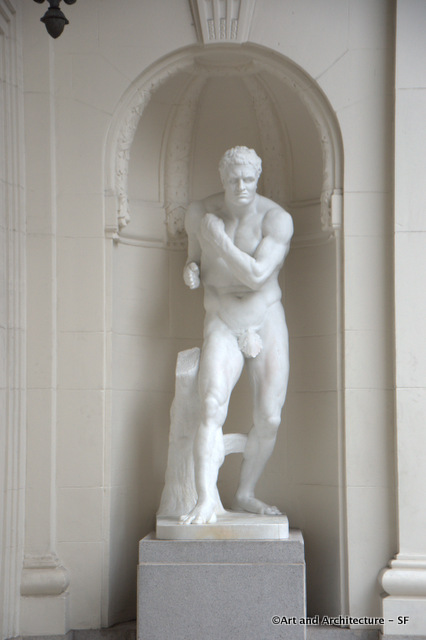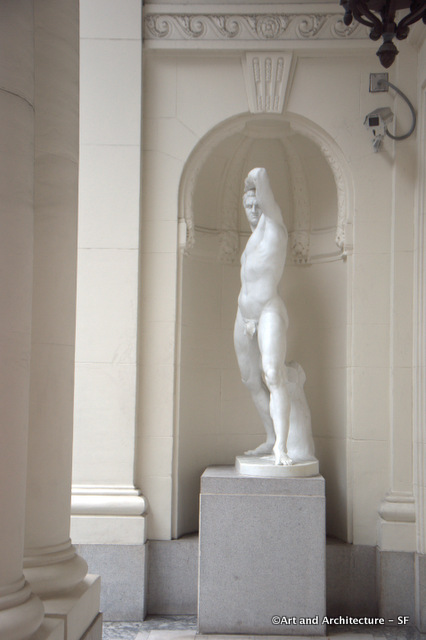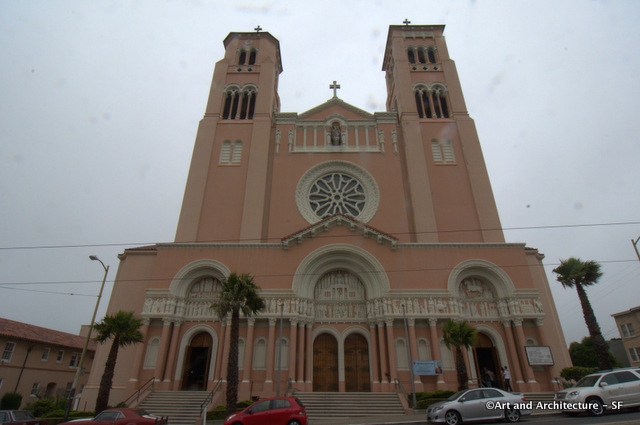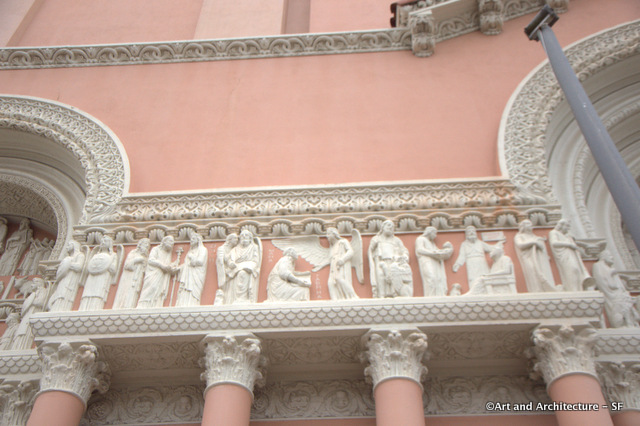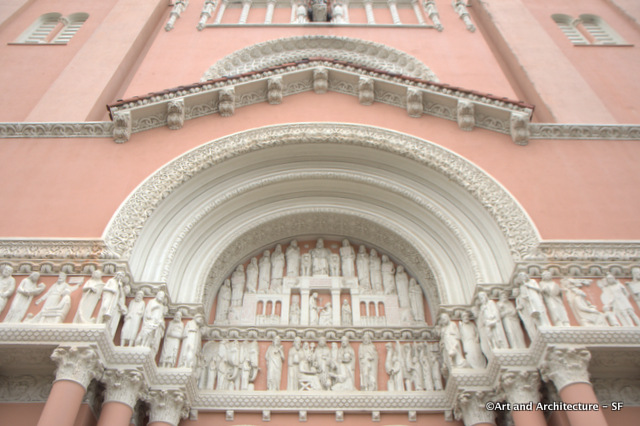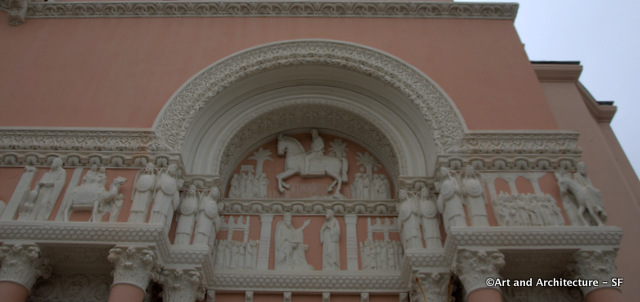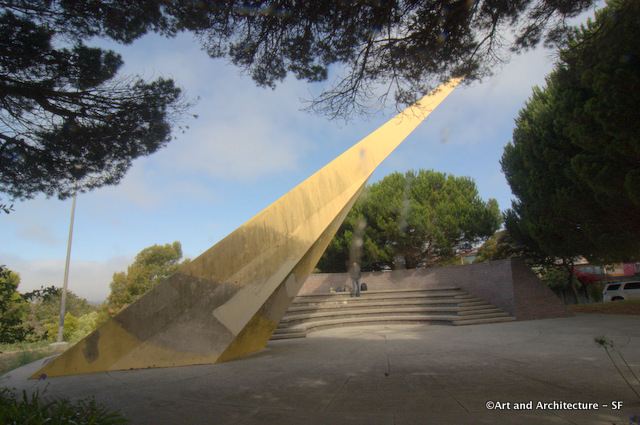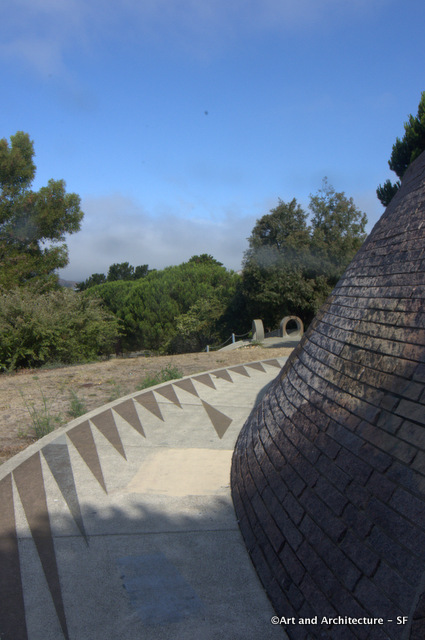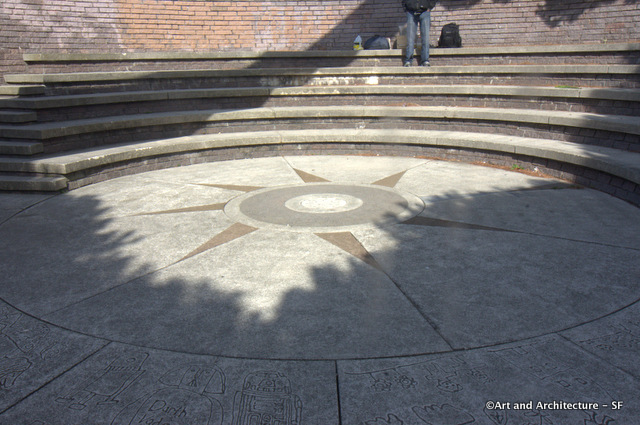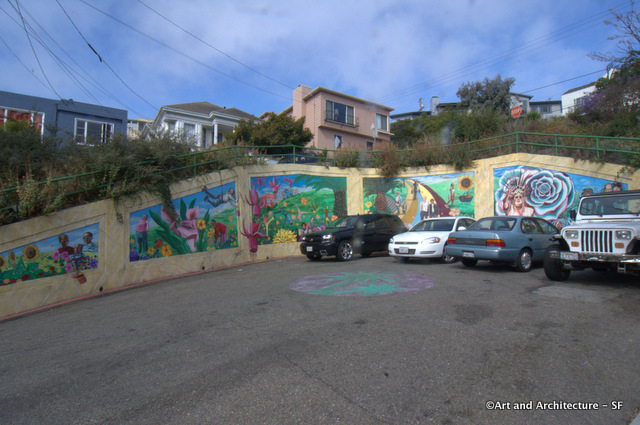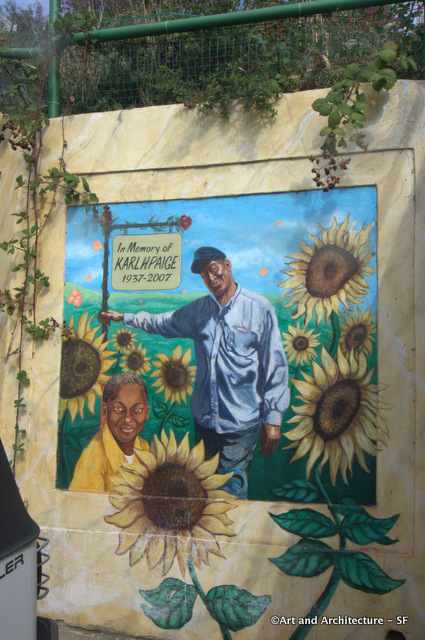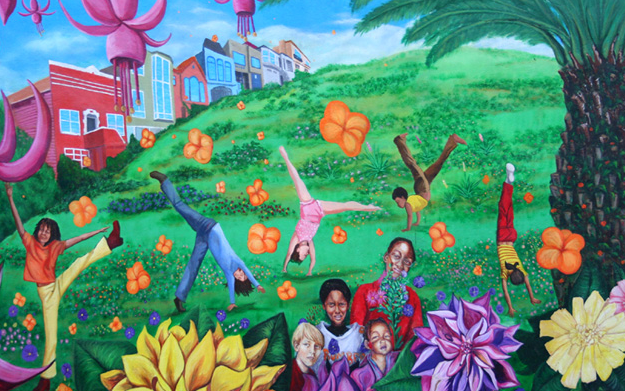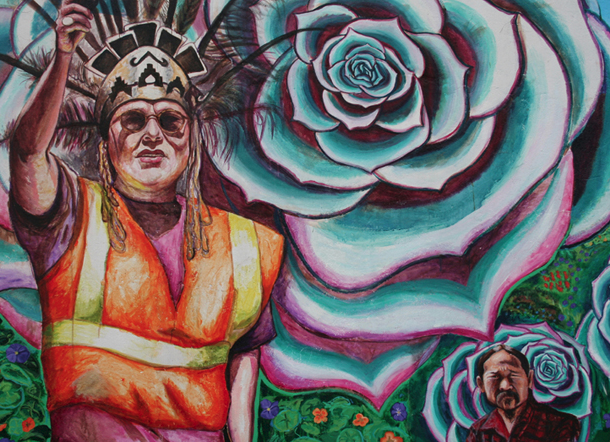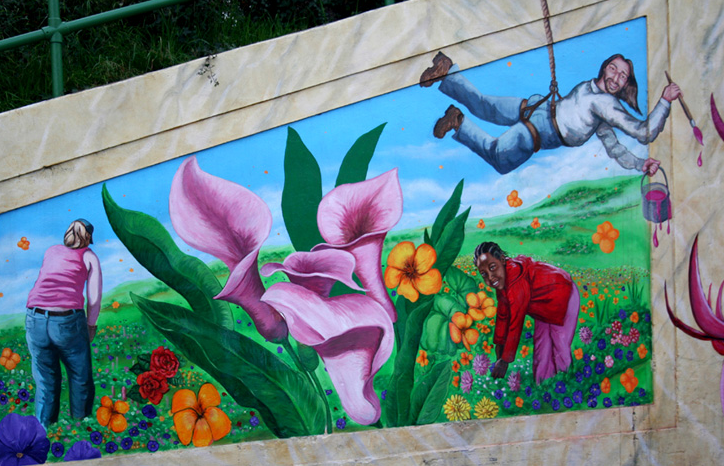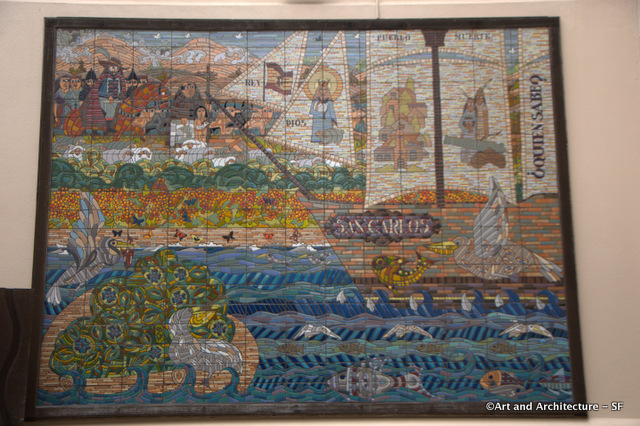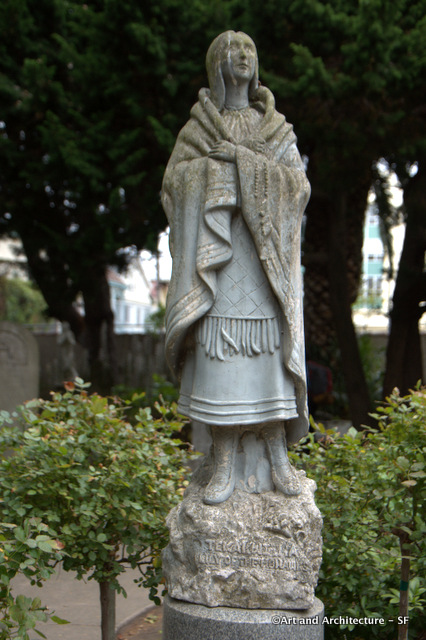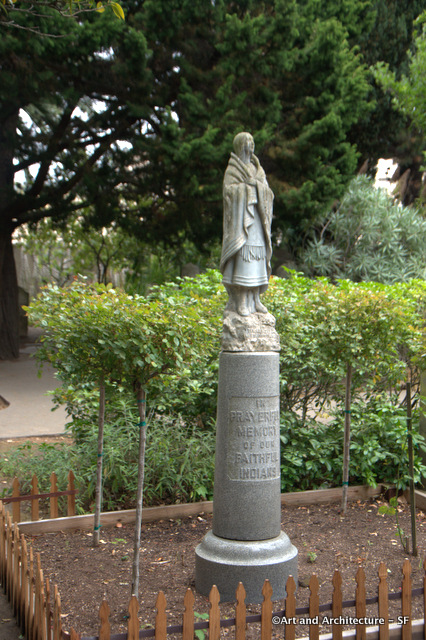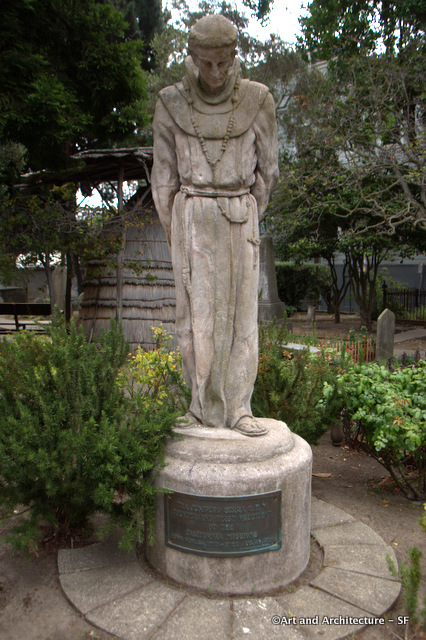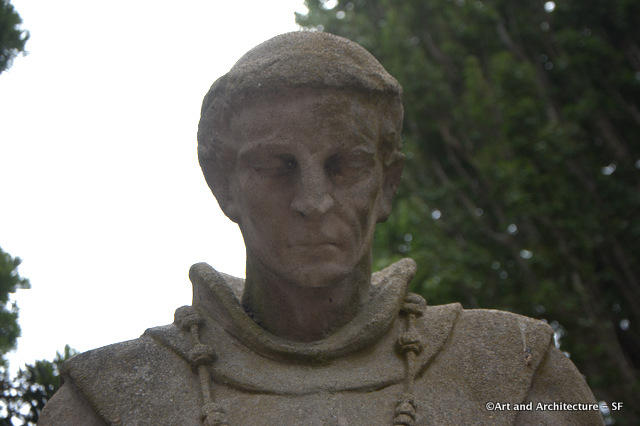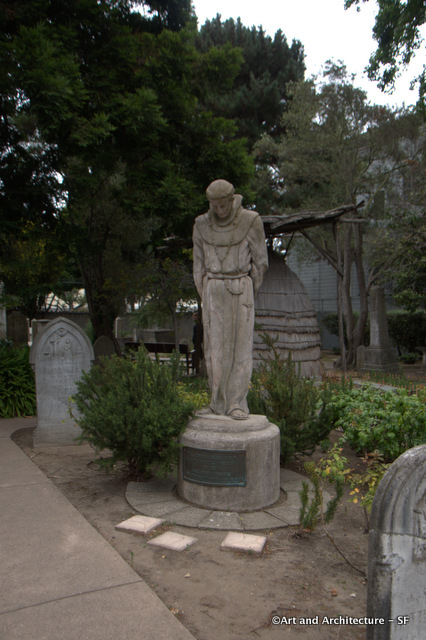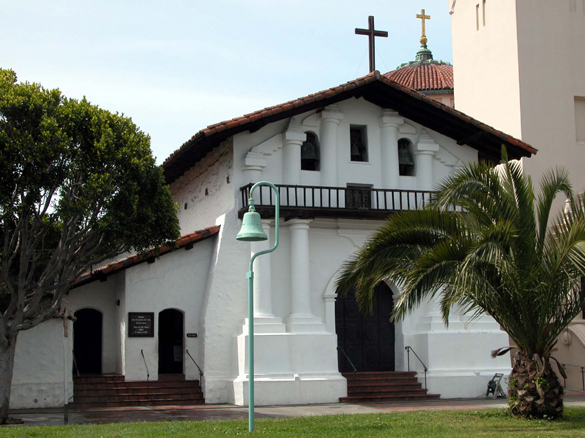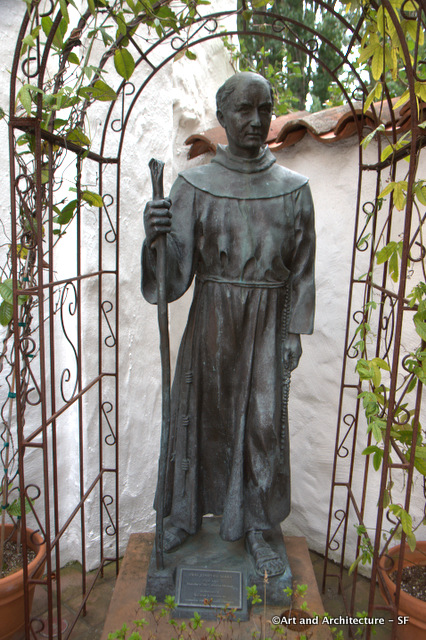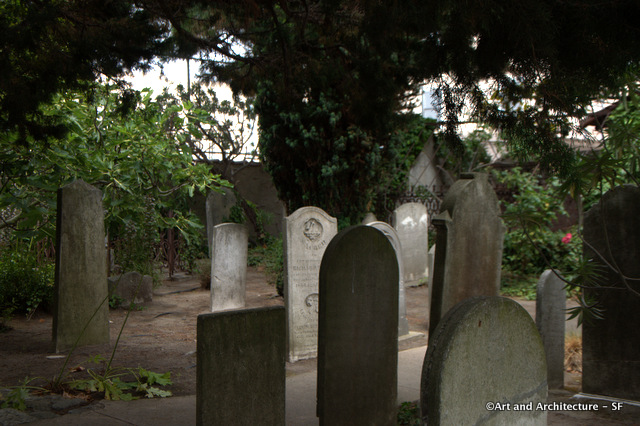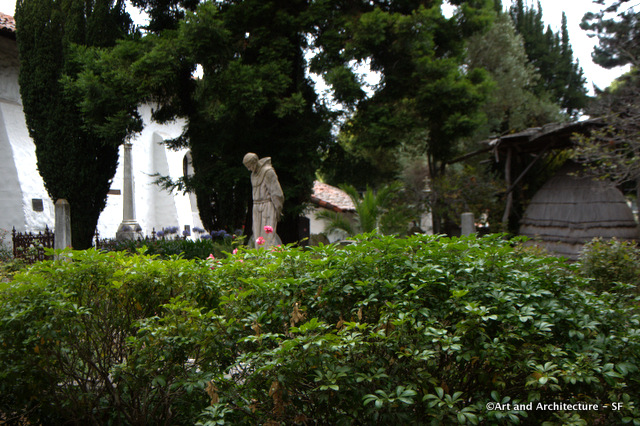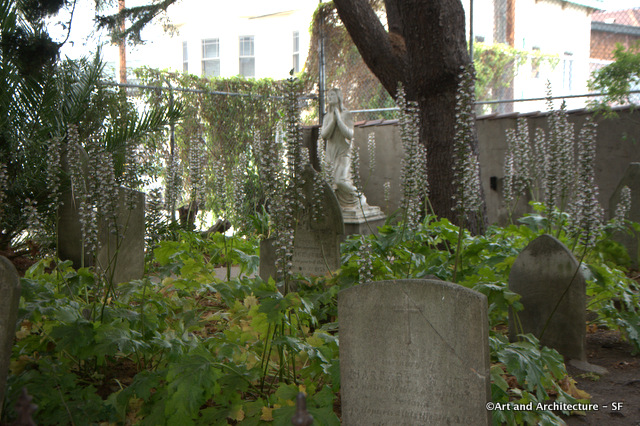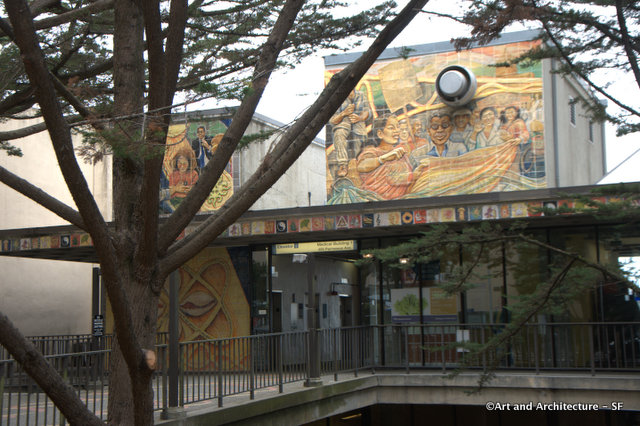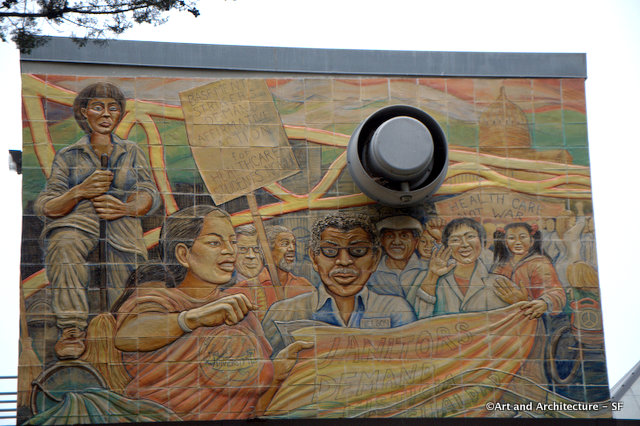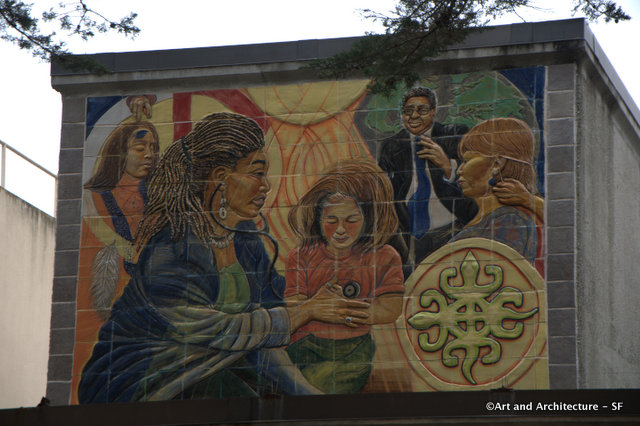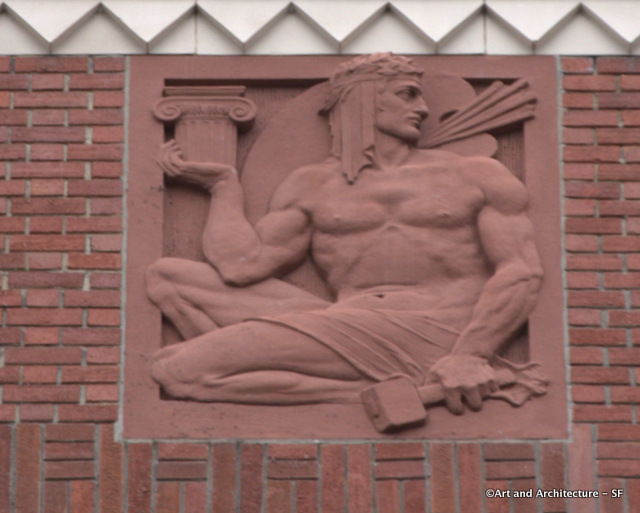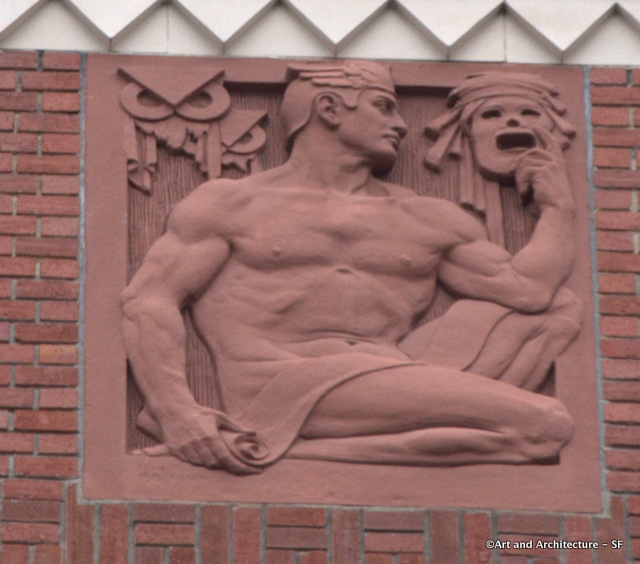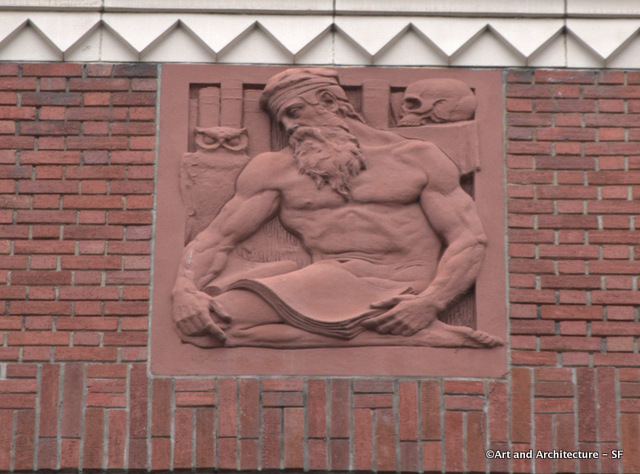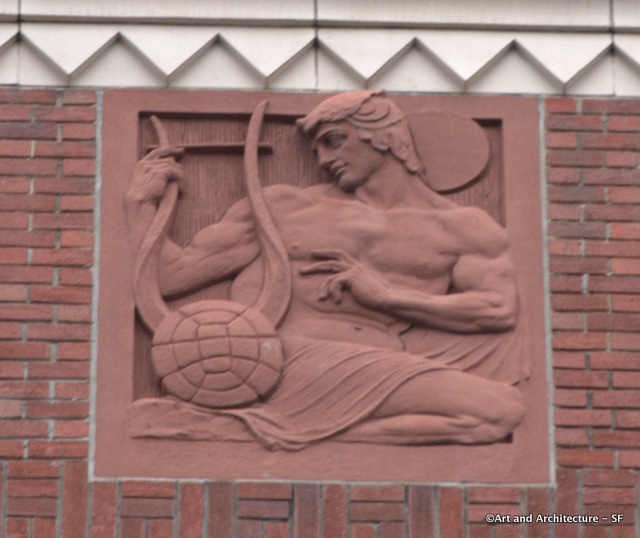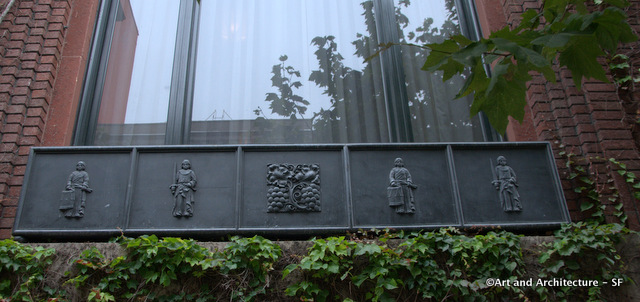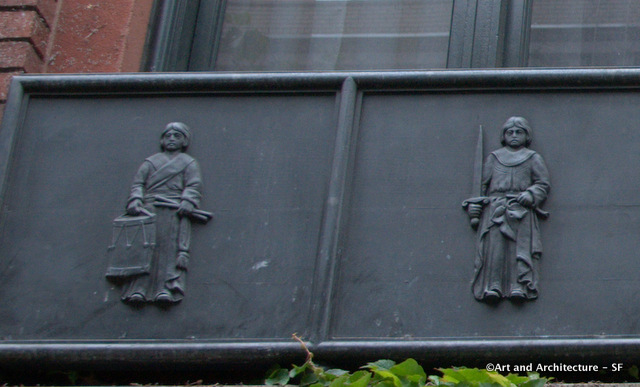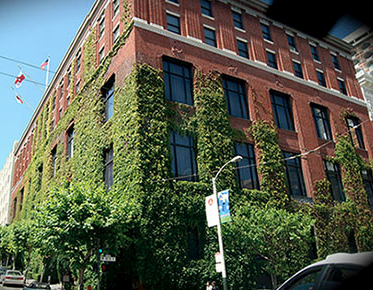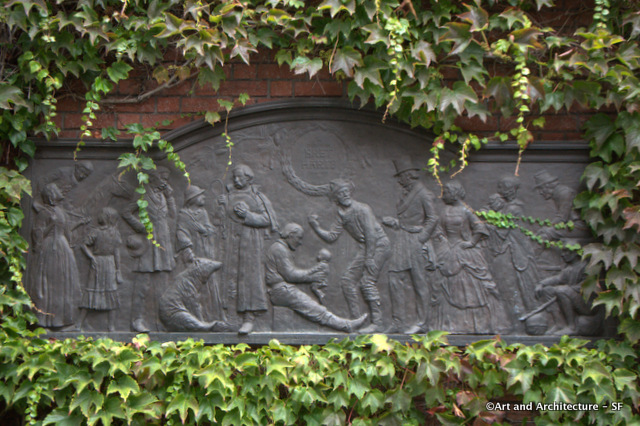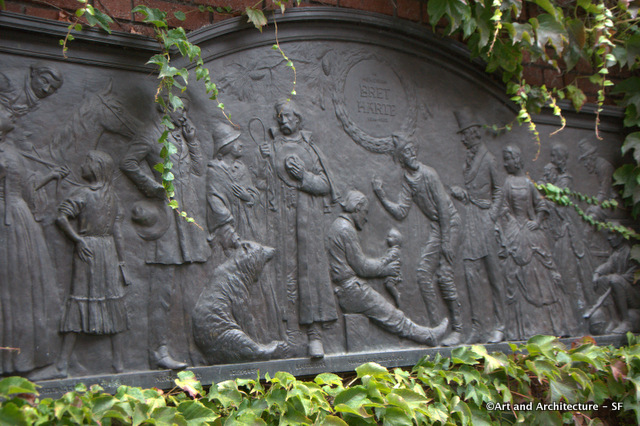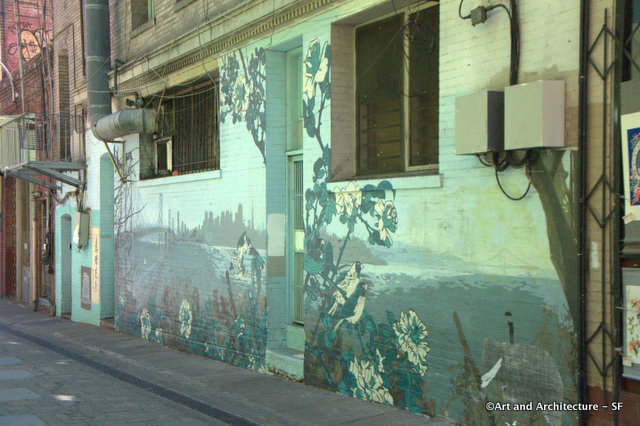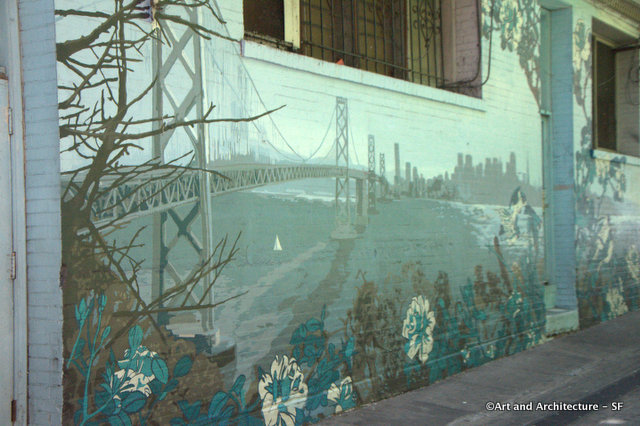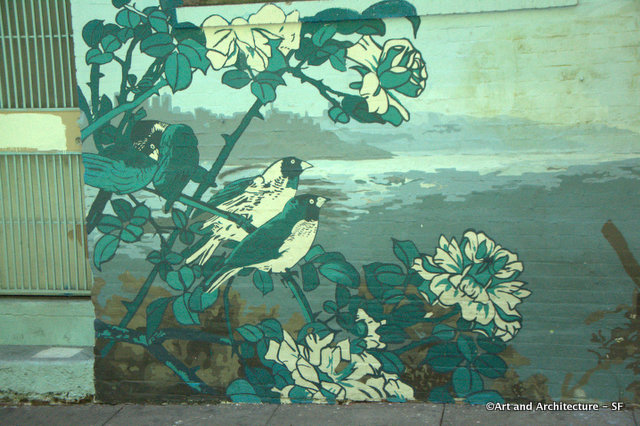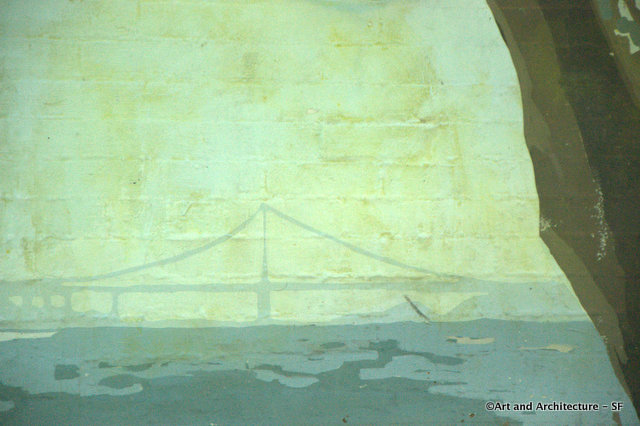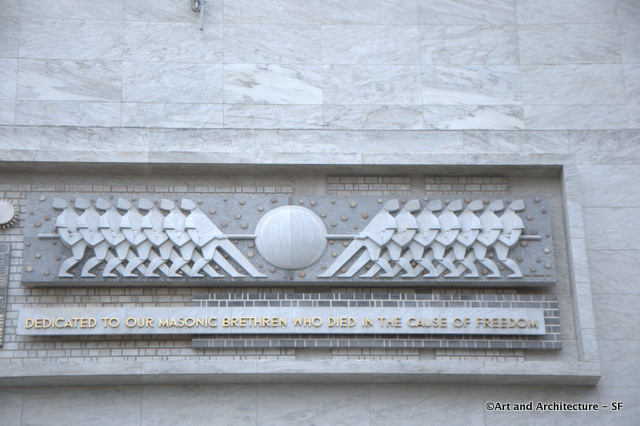One Leidesdorff
Financial District
The plaque outside this building celebrates the architect, leaving one to assume that that is who this person is. However, this is William Alexander Leidesdorff Jr.
Leidesdorff was born to a Dane and a Creole in the Virgin Islands in 1812. Legally recognized by his Danish father, Leidesdorff came under the wing of a British planter who taught him business skills. The planter sent him to New Orleans to work with a cotton broker with business ties to the Sandwich Islands (Hawaii).
Although neither the planter nor the broker was a blood relation, both died in the late 1830s and left their fortunes to Leidesdorff.
Leidesdorff’s future as a wealthy Louisiana merchant seemed settled as he became became engaged to be married. His mentors had told him to never mention his race, but he felt compelled to confide in his white bride-to-be.
She called off the wedding, saying her father would never accept it.
Leidesdorff bought a ship and prepared to sail away. The evening before he set off, a funeral cortege passed with his fiance’s family in the lead coach. When he asked, Leidesdorff was told the young woman had died of a broken heart.
For three years, Leidesdorff sailed back and forth between the Sandwich Islands and Yerba Buena, carrying sugar from Hawaii and hides from California.
By then, he captained the J.D. Jones. When the ship was sold, Leidesdorff opted to settle in Yerba Buena (San Francisco) in 1841, building the first shipping warehouse at the site of the current Leidesdorff and California streets, the first hotel and general store at Kearny and Clay streets, the first lumberyard and shipyard, and, later, the first public school.
He sailed the first steamship into San Francisco Bay.
Fluent in six languages, Leidesdorff became a Mexican citizen to receive a land grant from the provincial governor, Michel Micheltorena. That grant is now known as the city of Folsom, California. Leidesdorff then acquired 47 lots in what is now San Francisco’s Financial District.
Leidesdorff began to advocate an American takeover of California, becoming the U.S. vice consul. In that role, he not only relayed the word of the Bear Flag Rebellion, but borrowed against his property to pay for supplies for American sailors and soldiers during the Mexican War. He later served on the first municipal council under U.S. rule.
Once the war was over, Leidesdorff translated and posted the proclamation declaring California part of the United States. The welcoming reception for Commodore Stockton and his troops was held at Leidesdorff’s home at the corner of California and Montgomery streets.
As evidenced by the naming of the first street laid out on landfill after Leidesdorff, no one placed a larger footprint on the origins of San Francisco than William Alexander Leidesdorff. – From a 1997 SF Gate Article by John Templeton
Leidesdorff, Jr. achieved a high reputation for integrity and enterprise; he is said to have been “liberal, hospitable, cordial, confiding even to a fault.”
William Alexander Leidesdorff, Jr. died of brain fever on May 18, 1848.
I have been unable to find the name of the sculptor of this piece.
